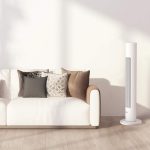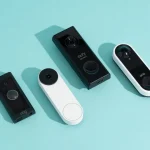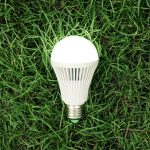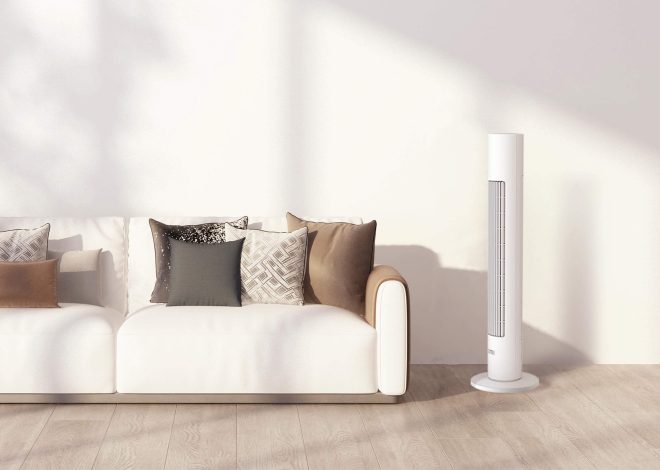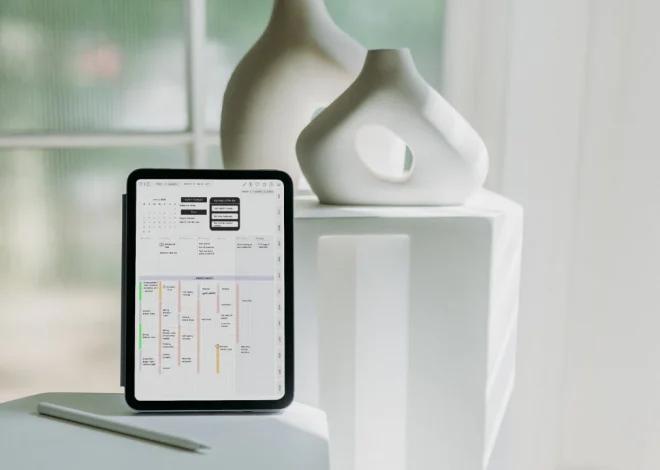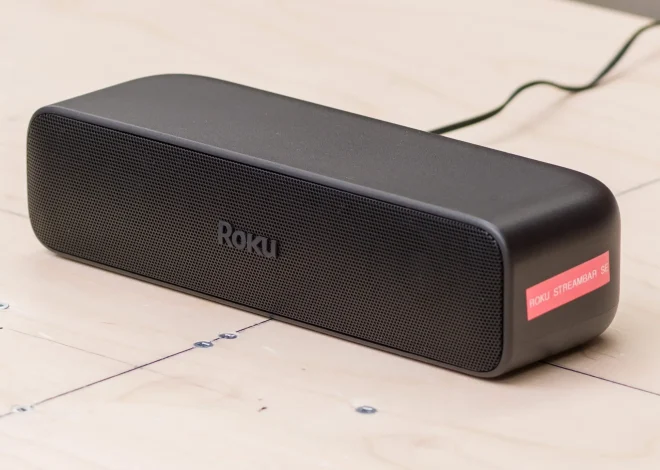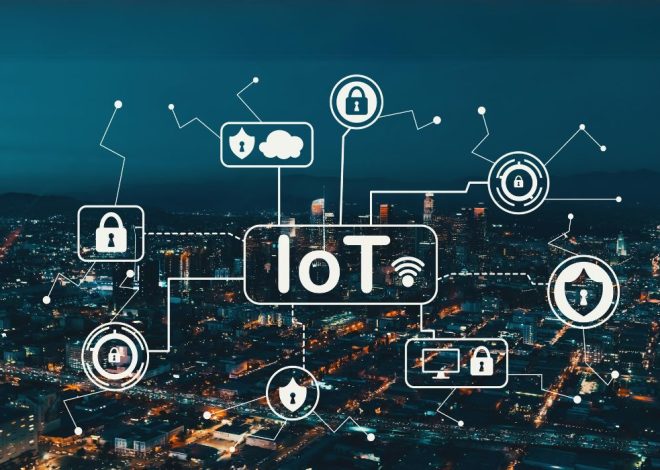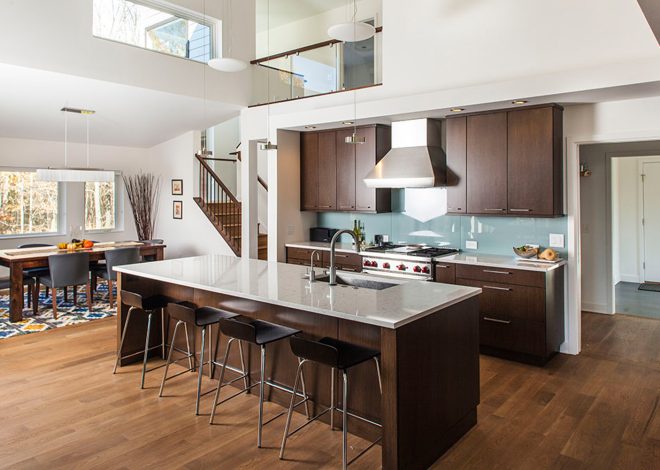How to Build a Smart Home Lighting System

Smart lighting is more than just a luxury; it provides a highly efficient, personalized way to manage your home’s lighting. Whether you’re new to smart home technology or want to upgrade your current system, this guide covers everything from choosing the best smart lights to setting up automation for everyday convenience. Discover how a smart lighting system can improve your daily routine, boost energy efficiency, and offer long-term cost savings, making your home smarter and more sustainable.
Key Points
- Smart lights offer customizable, automated control that enhances both convenience and ambiance.
- Ensure compatibility with your home’s smart system and voice assistants when selecting smart lights.
- Automating home lighting improves energy efficiency and helps streamline your daily routines.
- Proper setup of your lighting system can lead to significant savings over time due to more efficient energy use.
Choosing the Right Smart Lights
Selecting the best smart lights for your home depends on factors such as compatibility with your existing smart system, ease of use, and the features you desire. Here are key considerations:
- Compatibility: Make sure your lights work with major platforms like Amazon Alexa, Google Assistant, or Apple HomeKit.
- Features: Look for lights that allow dimming, color changes, and scheduling options.
- Energy Efficiency: Opt for smart lights that use LED technology, known for their longevity and low power consumption.
- Installation: Some smart bulbs can be easily screwed into existing fixtures, while others may need a hub or bridge for setup.
Setting Up Your Smart Lighting System
Setting up a smart lighting system may sound complex, but it’s simpler than you might think. Follow these steps:
- Select Your Lights: Choose lights that meet your home’s needs, such as adjustable LED bulbs for overhead lighting or smart lamps for cozy corners.
- Install Smart Bulbs: Screw the smart bulbs into existing fixtures. If using a system like Philips Hue, connect the hub to your Wi-Fi network and follow safety guidelines during installation.
- Download the App: Most smart lighting systems come with dedicated apps that allow you to easily control your lights. Install the app and follow the setup instructions.
- Connect to Your Smart Hub: For a more advanced system, connect your smart lights to a hub like Alexa or Google Home, allowing you to control them with voice commands.
- Set Schedules & Automate: Program your lights to turn on and off at specific times or sync them with sunrise/sunset schedules or motion sensors for added convenience.
Enhancing Your Daily Routine with Smart Lighting Automation
Smart lighting automation can seamlessly integrate with other smart home devices, streamlining your everyday activities. Here’s how:
- Morning Wake-up: Set your lights to gradually brighten in the morning, mimicking a natural sunrise for a more gentle wake-up.
- Evening Relaxation: Program your lights to dim in the evening, creating a calming atmosphere that’s perfect for winding down before bed.
- Vacation Mode: Automate your lights to turn on and off at random intervals, giving the appearance that someone is home for enhanced security.
- Motion-Activated Lighting: Install motion sensors in hallways or bathrooms so that your lights turn on automatically when you enter.
Top Lighting Control Systems for Seamless Automation
There are several home lighting control systems available, each offering different features, ease of use, and compatibility. Some of the top systems include:
- Philips Hue: Perfect for creating customized lighting scenes and schedules, and it’s compatible with all major smart home systems.
- Lutron Caseta: Known for its excellent dimming capabilities and sophisticated control options.
- Samsung SmartThings: A versatile system that integrates with many smart devices, including smart lights.
- Wemo: A more affordable option that still offers robust automation features.
For an added touch of modern style, consider incorporating smart lights with a false ceiling to create a sleek, visually appealing design that enhances both functionality and ambiance.
Saving Energy and Reducing Costs with Smart Lighting
One of the primary benefits of a smart lighting system is its potential to reduce energy consumption and lower your electricity bills. Here’s why:
- Energy-Efficient LEDs: Most smart lights use LED technology, which consumes up to 75% less energy than traditional incandescent bulbs.
- Automation: Scheduling your lights to turn off when not in use prevents unnecessary energy waste, leading to lower bills.
- Dimming Features: Using dimming options can help reduce energy use by adjusting the light levels according to your needs.
Investing in smart home lighting is an excellent way to enhance convenience, create a more energy-efficient environment, and save money in the long run.
Frequently Asked Questions
1. What is a smart home lighting system?
A smart home lighting system allows you to control your home’s lights remotely using a mobile app or voice commands, and it can often be integrated with other smart home devices.
2. How do I add smart lights to my home?
Simply replace your traditional bulbs with smart LED bulbs and connect them to a compatible home lighting control system, such as Alexa or Google Home.
3. What is the most reliable smart light system?
Philips Hue and Lutron Caseta are considered among the most reliable smart light systems due to their wide compatibility, ease of setup, and consistent performance.
4. How do I convert regular lights to smart lights?
To convert to smart lighting, you can replace regular bulbs with smart LED bulbs. For more advanced setups, consider installing smart switches or dimmers.
5. How does a smart lighting system work?
A smart lighting system uses Wi-Fi, Bluetooth, or Zigbee technology to connect your lights to a central hub or app, allowing you to control and automate them remotely.
6. Can smart light bulbs be used in any fixture?
Yes, most smart light bulbs are compatible with standard fixtures, provided the bulb size and wattage are suitable.

